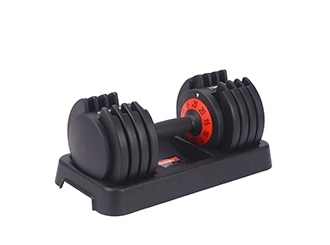
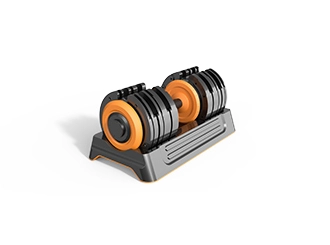
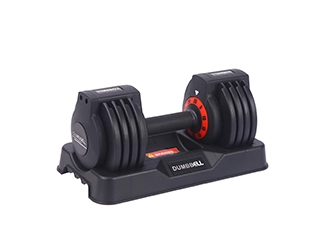
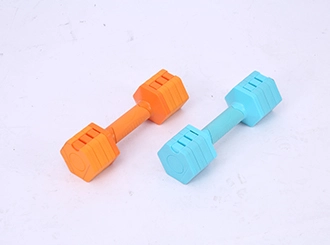
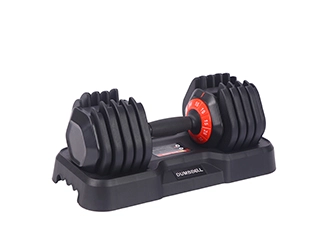
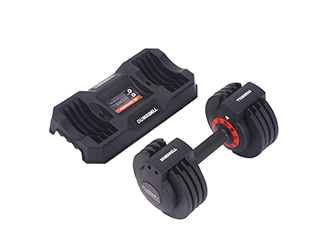
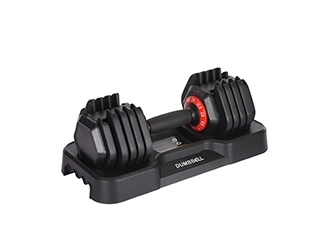
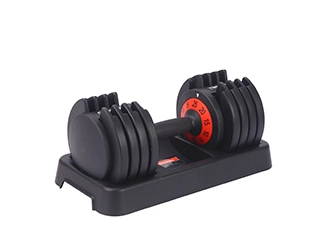
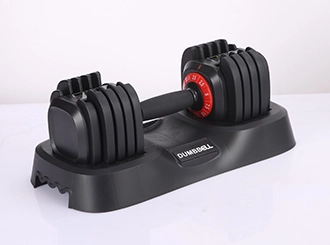
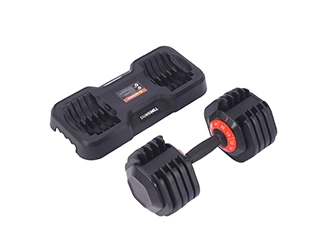
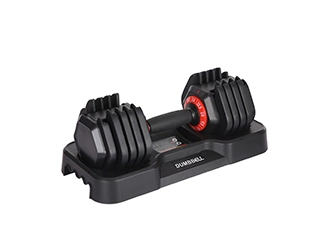
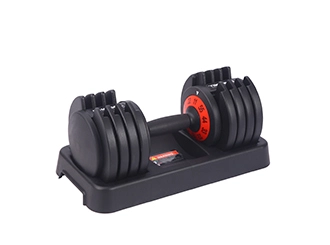
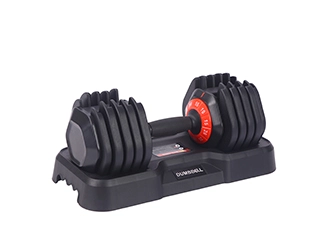
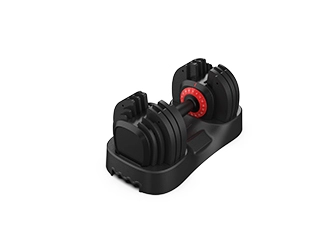
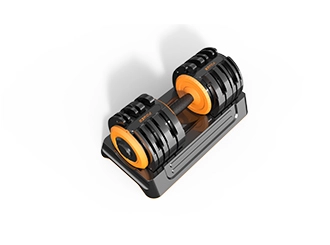

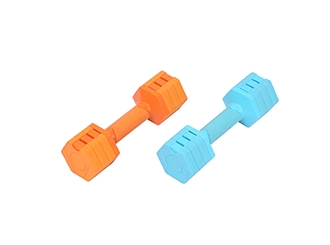
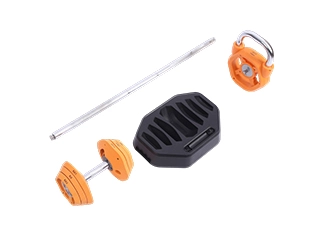
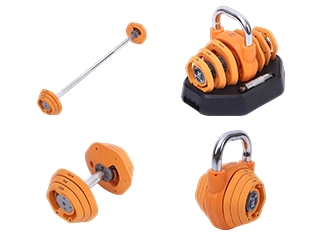
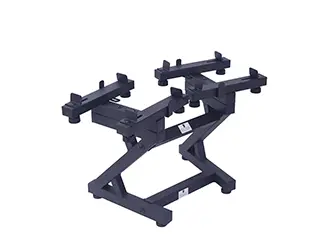
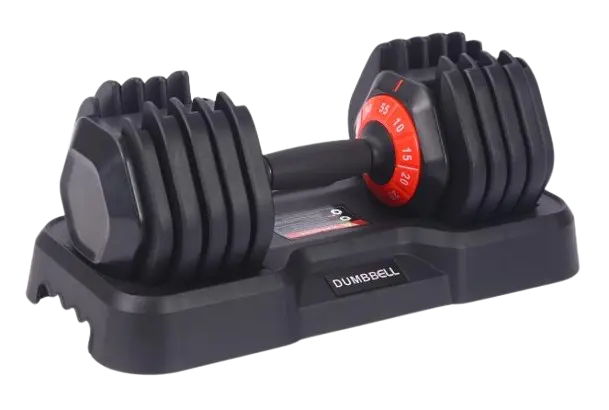
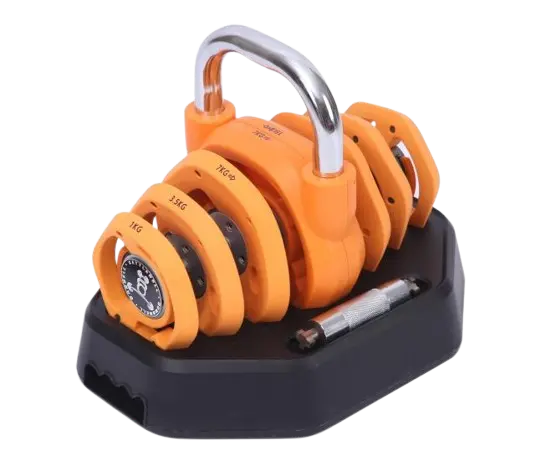
























The fitness equipment market has seen significant evolution in recent years, particularly in the realm of adjustable dumbbells. As consumers increasingly seek versatility and efficiency in their home workout regimens, the design of adjustable dumbbells has adapted to meet these demands. This research explores the current trends in adjustable dumbbell design, focusing on materials, ergonomics, and aesthetics.
One of the most prominent trends in adjustable dumbbell design is the use of innovative materials. Traditionally, dumbbells were primarily made of cast iron or steel. While these materials are still popular due to their durability, manufacturers are now incorporating alternative materials to enhance user experience and functionality.
Composite Materials: Many new designs feature composite materials that combine lightweight plastics with metal components. These materials reduce the overall weight of the dumbbells while maintaining structural integrity. For example, some adjustable dumbbells now use reinforced plastic for the weight housing, making them easier to handle and transport.
Eco-Friendly Materials: As sustainability becomes a key concern for consumers, manufacturers are exploring eco-friendly materials. Bamboo and recycled plastics are emerging as popular choices, appealing to environmentally conscious consumers. These materials not only reduce the carbon footprint but also attract a niche market willing to invest in sustainable fitness solutions.
Ergonomic design is a crucial consideration in the development of adjustable dumbbells. As fitness enthusiasts prioritize comfort and injury prevention, manufacturers are focusing on how dumbbells feel during use.
Grip Design: One of the main ergonomic trends is the redesign of grips. Manufacturers are experimenting with different shapes, textures, and materials to enhance grip comfort. For instance, rubberized grips with contoured shapes provide better traction and reduce the risk of slippage during workouts. Additionally, some designs feature adjustable handles that can be customized to fit various hand sizes, ensuring a secure and comfortable hold.
Weight Adjustment Mechanisms: The convenience of adjusting weight is another ergonomic consideration. New designs often incorporate user-friendly mechanisms, such as dial systems or push-button releases, allowing users to quickly change weights without interrupting their workout flow. This enhances the overall user experience, making strength training more accessible and enjoyable.
Aesthetics play a significant role in the purchase decision for fitness equipment. Consumers are increasingly seeking products that not only perform well but also complement their home environment.
Sleek and Modern Designs: Contemporary adjustable dumbbells are designed with sleek lines and modern finishes, appealing to style-conscious consumers. Manufacturers are moving away from the bulky, industrial look of traditional weights, opting instead for streamlined designs that can seamlessly integrate into home gyms or living spaces.
Color Customization: Customization is another trend gaining traction. Many brands now offer adjustable dumbbells in various colors and finishes, allowing users to select options that match their personal style or home décor. This trend not only enhances aesthetic appeal but also fosters a sense of ownership and pride in one’s workout equipment.
Another emerging trend is the integration of technology into adjustable dumbbell designs. As smart fitness devices become more prevalent, manufacturers are incorporating tech features to enhance user engagement.
Smart Features: Some adjustable dumbbells now include built-in sensors that track weight adjustments, repetitions, and workout statistics. This data can be synced with fitness apps, allowing users to monitor their progress over time. Additionally, some models offer virtual coaching features, guiding users through workouts and providing real-time feedback on form and technique.
The design of adjustable dumbbells is undergoing a transformation driven by consumer demand for versatility, comfort, and style. Innovations in materials are enhancing functionality and sustainability, while ergonomic designs are improving user experience. Aesthetically pleasing designs and technological integration are making adjustable dumbbells not only practical but also appealing to a broader audience. As these trends continue to evolve, manufacturers must remain attuned to consumer preferences to stay competitive in the ever-changing fitness equipment market.